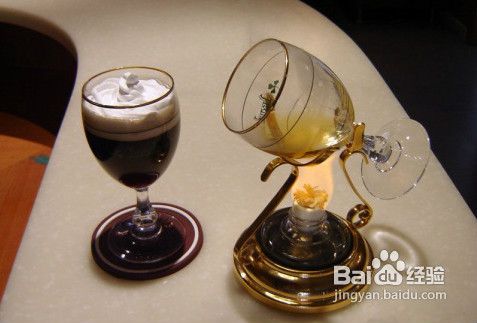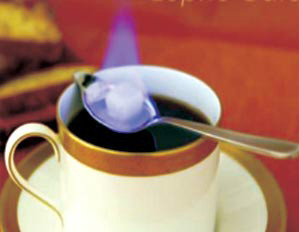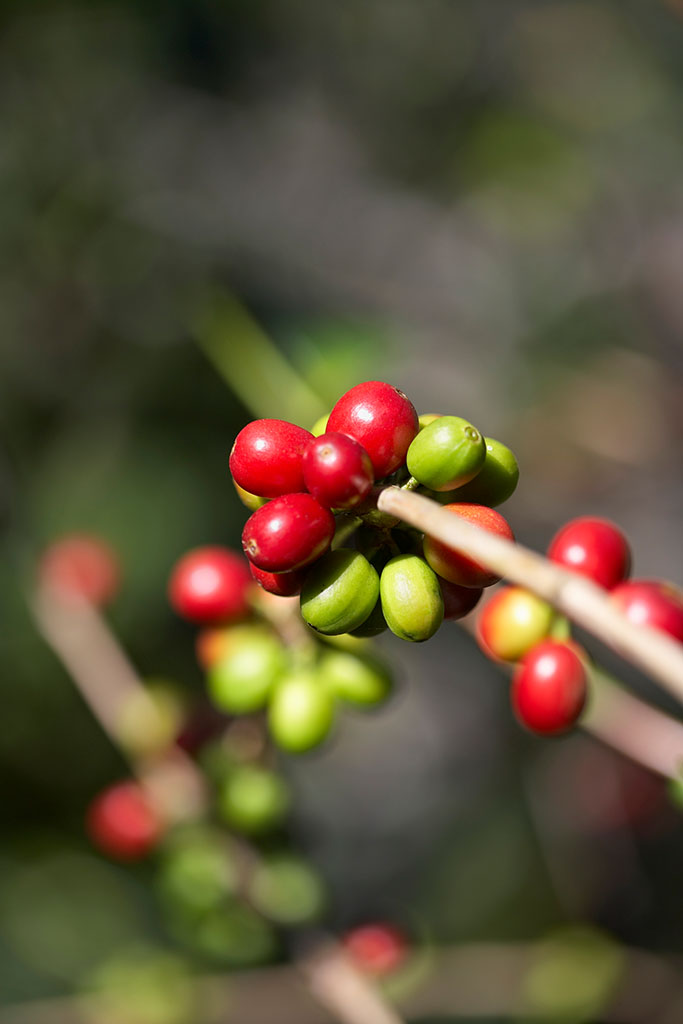Mellow Mexican Coffee Flavor the manor area introduces Aldura coffee
Mexicans are optimistic and enthusiastic, and it can also be seen from their coffee that the mellow Mexican coffee is not only loved by the native people, but also praised by many coffee connoisseurs. There are many ways to taste Mexican coffee, mainly divided into alcoholic and non-alcoholic practices.
Non-alcoholic Mexican coffee often goes with milk. Heat a cup of milk, a teaspoon of cinnamon powder and a teaspoon of vanilla powder in a pot at medium temperature, not too hot, and do not boil the milk. Then add the cocoa powder, fully dissolve and stir well. If you like chocolate, you can use chocolate paste instead of cocoa powder and milk. Let the milk dry for about 5 minutes, wait until the milk is slightly cool, then pour into the prepared coffee, decorate the coffee surface with cold cream, then decorate with a piece of cinnamon, and the Mexican coffee is ready. The aromas of chocolate and cinnamon blend together to give off the smell of desert. Tasting such a cup of coffee, you seem to be walking through the desert zone full of vicissitudes. About 5x6 of Mexico's national area is plateaus and mountains, with an annual average temperature of 25 ℃; the Mexican plateau has a mild climate all the year round, with mostly plateau topography, no cold winter, no hot summer, and evergreen trees throughout the four seasons, so it enjoys the laudatory name of "Pearl of the Plateau". Due to geographical and climatic reasons, the coffee growing area in Mexico is close to Guatemala, and the main producing areas are Cora Begu and Aluca states. Most of the products are washed beans produced in the highlands, with a good aromatic and sour taste.
The selection of Mexican coffee is generally carried out manually. The main basis for selection is according to the fullness of coffee particles, whether it is uniform, and then grade it. Generally speaking, coffee with full and uniform grains is easier to preserve. Only the fullest and most evenly grained coffee beans can be roasted to represent the best and best coffee in the country.
After the workers picked the coffee beans, they spread the coffee beans in a special house with ventilation on all sides. About a week later, the coffee beans were packed in loosely packed bags so that the wind could blow through the bags. After about seven weeks, the coffee beans changed color and taste. Finally, after manual selection, the coffee beans of high quality are selected and formally bagged for preservation.

Important Notice :
前街咖啡 FrontStreet Coffee has moved to new addredd:
FrontStreet Coffee Address: 315,Donghua East Road,GuangZhou
Tel:020 38364473
- Prev

Jamaica Blue Mountain Coffee Flavor Fine Coffee beans are introduced to St. Thomas.
The producing area of Jamaican Blue Mountain Coffee is strictly limited to 910-1700m above sea level in Jamaica Blue Mountain area. Strictly speaking, the coffee grown at 910-1700m is called Jamaican Blue Mountain Coffee, the coffee grown at 460-910m is called Jamaican Alpine Coffee, the coffee below 460m is called Jamaica preferred Coffee Forest Reserve above 1700m, there is no coffee growing Jamaica is extremely
- Next

Deep roasting is the most suitable for the famous Peruvian coffee bean producing area, Yancha Mayou, Latin American boutique coffee.
Peru (Peru) aroma 3 bright 4.5 mellow 3 flavor 4 aftertaste 4 points suitable for baking degree: Full city/Espresso/Dark medium and deep roasting is the most suitable for Peruvian coffee beans, too shallow to show flavor and sweetness. Peruvian coffee is not common in the world before, and it is generally believed that its handling process is hasty, so the evaluation is poor, because it was previously monopolized by the state.
Related
- Detailed explanation of Jadeite planting Land in Panamanian Jadeite Manor introduction to the grading system of Jadeite competitive bidding, Red bid, Green bid and Rose Summer
- Story of Coffee planting in Brenka region of Costa Rica Stonehenge Manor anaerobic heavy honey treatment of flavor mouth
- What's on the barrel of Blue Mountain Coffee beans?
- Can American coffee also pull flowers? How to use hot American style to pull out a good-looking pattern?
- Can you make a cold extract with coffee beans? What is the right proportion for cold-extracted coffee formula?
- Indonesian PWN Gold Mandrine Coffee Origin Features Flavor How to Chong? Mandolin coffee is American.
- A brief introduction to the flavor characteristics of Brazilian yellow bourbon coffee beans
- What is the effect of different water quality on the flavor of cold-extracted coffee? What kind of water is best for brewing coffee?
- Why do you think of Rose Summer whenever you mention Panamanian coffee?
- Introduction to the characteristics of authentic blue mountain coffee bean producing areas? What is the CIB Coffee Authority in Jamaica?

